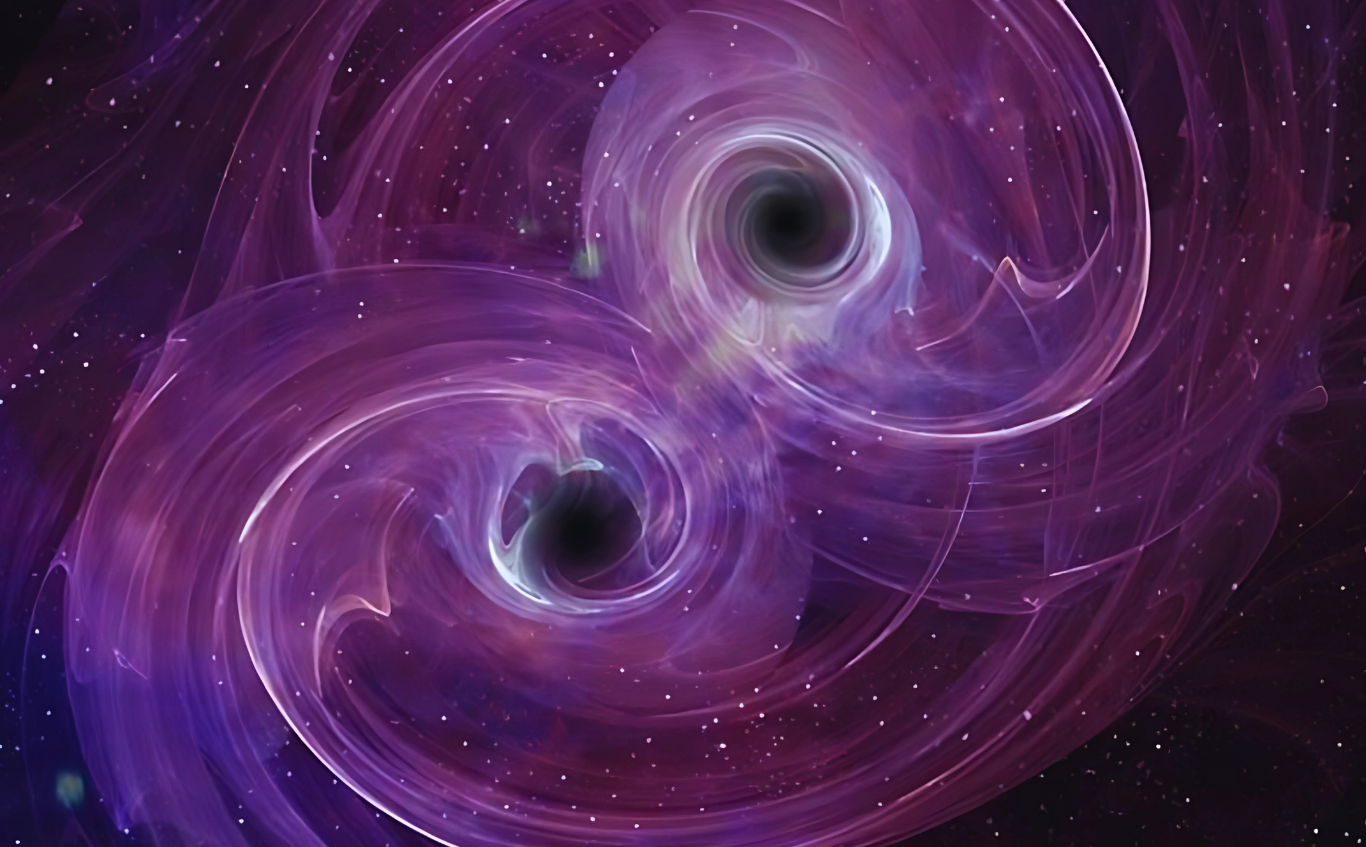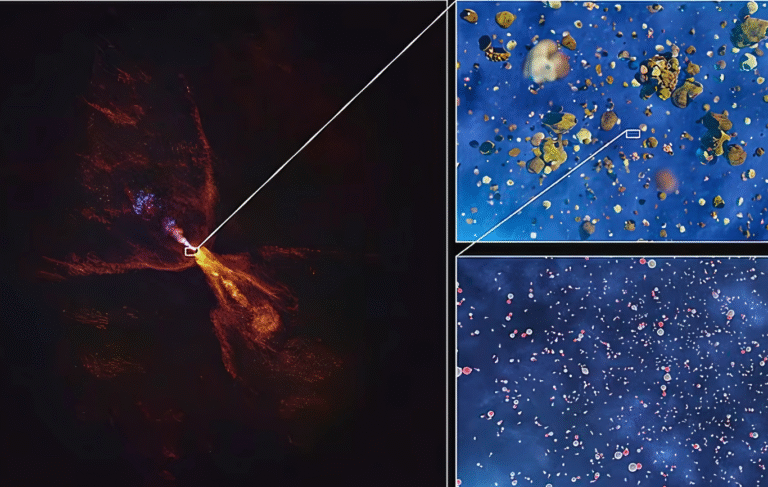
The Most Massive Black Hole Created by a Merger Has Been Discovered: Can Swallow 75 Million Earths
Unveiling GW231123 – The Heaviest Black Hole Created by Merger
In a cosmic discovery that redefines our understanding of gravitational phenomena, scientists have uncovered the most massive black hole ever formed by the merger of two smaller black holes. Designated ‘GW231123’, this astronomical behemoth has a mass equivalent to approximately 75 million Earths, or 225 times the mass of our Sun. The astonishing observation was made during gravitational wave monitoring in 2023, and the significance of this finding is rippling through the scientific community even in 2025.
A Giant Born from Two Titans
Unlike supermassive black holes found at the centers of galaxies—whose origins are still wrapped in mystery—GW231123 is a direct product of a binary black hole collision. It emerged from the union of two relatively minor black holes, one with a mass of 100 solar masses and the other weighing 140 solar masses. The result: a colossal black hole of 265 solar masses, marking it as the heaviest merger product ever detected.
This record-shattering event not only surpasses the previously most enormous known black hole formed from a merger—GW190521, discovered in 2021—but also pushes the boundaries of current astrophysical theories surrounding black hole formation.
A Journey Through Time and Space: 100 Billion Light Years Away
Located an estimated 100 billion light years from Earth, GW231123 challenges conventional assumptions about the formation and evolution of black holes. It was first detected in January 2023 via a network of gravitational wave observatories, including:
- LIGO (USA)
- Virgo (Italy)
- KAGRA (Japan)
The signal of the collision traveled across unfathomable distances and time, finally being captured on Earth and setting a new benchmark for gravitational wave astronomy.
Black Holes: The Universe’s Darkest Mystery
Black holes are arguably the most enigmatic celestial entities. Born from the collapse of massive stars, black holes exhibit a gravitational pull so immense that even light cannot escape. Their interiors remain invisible and unobservable, rendering them invisible even to the most advanced telescopes.
To understand the sheer scale of GW231123, consider this:
- Earth’s mass = baseline
- Sun’s mass = 333,000 times that of Earth
- GW231123 = 225 times the Sun = 74,925,000 Earths
This staggering comparison demonstrates that nearly 75 million Earths could theoretically fit within the gravitational boundary of this black hole.
LIGO, Virgo & KAGRA: Pioneering Black Hole Merger Research
The discovery of GW231123 is not an isolated success. It is the culmination of over a decade of meticulous collaborative research spearheaded by the Laser Interferometer Gravitational-Wave Observatory (LIGO) in the United States. In 2013, LIGO’s initial findings proved that two black holes can merge to form a larger black hole, 62 times the mass of the Sun.
Since then, the field has expanded rapidly with Italy’s Virgo and Japan’s KAGRA joining forces. These three observatories have now documented:
- 300+ confirmed black hole mergers
- 200+ newly formed black holes as a result
- The identification of GW231123 as the most massive of its kind
This robust dataset has transformed the landscape of astrophysical modeling, providing direct evidence for black hole evolution via successive mergers.
A New Record: GW231123 Redefines Black Hole Mass Limits
Before this discovery, GW190521—weighing 140 solar masses—held the record. However, GW231123 shattered this record with a final mass of 265 solar masses. Interestingly, its two progenitor black holes were individually just under or around the threshold of what was considered possible.
This monumental event suggests that successive hierarchical mergers could be a common evolutionary path for black holes, providing fresh insight into the lifecycle of these cosmic titans. The possibility that the merging black holes themselves were products of earlier mergers is now a compelling hypothesis, one that scientists are eager to investigate further.
Could There Be Even Larger Merger-Formed Black Holes?
While supermassive black holes such as Sagittarius A* at the center of our Milky Way (with a mass of 4.3 million Suns) are known, their origin is still theoretical. There is no confirmed record of such giants forming purely from black hole mergers. GW231123 provides the first concrete evidence of a multi-layered merger path, bridging a critical gap between stellar-mass and intermediate-mass black holes.
This could be the missing link in understanding how the universe’s supermassive black holes evolved over billions of years. If hierarchical merging is indeed a dominant mechanism, then future observations may uncover even more massive black holes, challenging the ceiling of known astrophysical structures.
How Black Holes Are Born: From Star Death to Singularities
To grasp the origins of black holes, it’s essential to understand the death of massive stars. When a star 20 times or more massive than the Sun reaches the end of its life cycle, it collapses under its gravity, forming a black hole.
The key conditions include:
- High stellar mass (20+ solar masses)
- Core collapse during a supernova explosion
- Formation of a singularity with infinite density
Once formed, these black holes can consume nearby matter, grow larger, and even merge with others, as observed in the case of GW231123.
The Future of Black Hole Research
As technology and international collaboration continue to advance, we are likely on the brink of discovering:
- New classes of black holes
- Evidence for hierarchical growth
- Intermediary black holes between stellar and supermassive sizes
GW231123 has provided a critical data point for these investigations. It not only sets a new mass record for merger-formed black holes but also reshapes theoretical frameworks in gravitational physics, cosmology, and astrophysics.












